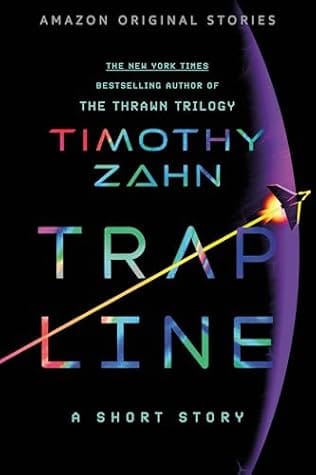The Long View: Spengler's Future
John wrote this book in 1992, based on the output of a program he wrote in BASIC to simulate repeated cycles of history. It is based on the work of both Oswald Spengler and Arnold Toynbee. John had a good sense of humor about the enterprise; he always took himself lightly. John knew that any attempt to pigeonhole history would be an oversimplification at best. Nonetheless, while history doesn't exactly repeat, it does seem to rhyme.
Spengler's Future
Table of Contents
Foreword
This is a report on the output of a computer program. The program was written to predict the future of the world, from a Western perspective, into the twenty-seventh century A.D. The program does not purport to predict specific events that will occur in time to come. Rather, it seeks to suggest events from many times and places in the past which could be analogous to what will be happening at designated points in the future. This is accomplished by using a simple cyclical model of the development of civilizations. The title of the report alludes to the fact that the model in question is an adaptation of the theory of history created by the German philosopher, Oswald Spengler, particularly as expressed in his great work, The Decline of the West.
Readers should note that Spengler never tried to "predict" the future in anything like the detail attempted here. The "future" outlined in this study can be said to really be Spengler's, in fact, only to the extent that some of it was implicit in his ideas. He can hardly be held responsible for most of what you will read here, since his philosophy was "adapted" for the program by being reduced to four lines of algorithms.
Although the program contains hundreds of data lines from various points in the histories of four civilizations, the output is no more self-explanatory than the hexagrams of the I Ching or a laying of tarot cards. To note that a battle occurred on such and such a date in a given civilization tells you almost nothing; you must know what part it played in the history of the culture in question for it to make any sense. Therefore, most of the text, like a good fortuneteller's patter, consists of the author's own interpretation of what the Delphic echoes from the past produced by the computer might someday represent. The method throughout, with the one exception described immediately below, is to look for harmonies and dissonances among the events from the past described in the output lines. The output lines themselves are given for each segment of the future to which they refer. The length of each segment was suggested to the author by apparent "themes" in consecutive groups of lines. (The temptation to edit them to make them fit better into their segments has been largely resisted.) Readers may therefore construct their own futures by seeing what these lines suggest to them.
An amusing feature of the output is that it attempts to "predict" the nineteenth and twentieth centuries (along with a cursory look at the last half of the eighteenth). The accompanying commentary attempts, with perhaps limited success, to treat these output lines in almost the same fashion as the lines dealing with the distant future are treated. However, it was not quite possible to avoid alluding to events in actual Western history which occurred during these centuries. Since the pattern has been established of using Western events as points of comparison, the commentary for future segments continues the procedure by mentioning imaginary future events of the author's devising. These are deliberately conservative suggestions, inserted for stylistic reasons. They should not be taken seriously.
As a matter of fact, these invented events do not closely resemble the future which the author himself anticipates. That future has far more in common with the ideas of Teilhard de Chardin (or at least Teilhard in his more Augustinian moments) than with those of Oswald Spengler. This book, indeed, can be taken as an attempt to exorcise a private ni.htmlare. At least in the author's mind, this is what will happen if Teilhard and similar optimists turn out to be wrong. Despite its fantastic elements, you will be looking at a "realist" version of the future, the one we will get if the future is like the past.
In the Introduction which follows, Spengler's system is discussed in more detail than the program uses. We also consider the more general question of whether a cyclical view of history can be seriously defended. Readers who are not much interested in this kind of question may confine themselves to reading just the highlighted passages in the Introduction, which simply reproduce the somewhat whimsical Instruction section of the program. Following the Introduction are the Antechronicles themselves (that is, chronicles written before the events they describe). As you will see, these are no more than fiction cobbled together from some historical analogies. They can be "right" only to the extent of being apt metaphors.
Finally, it should be understood that the program in question is a very crude piece of work (written in BASIC!) which really only saved the author a bit of simple arithmetic. It has no nifty graphics and will not be in the stores any time soon.

Comments ()